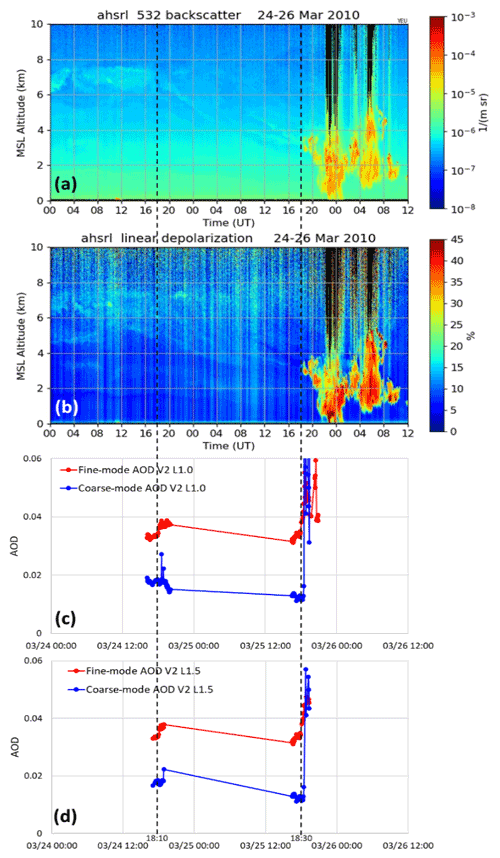Comment on “Short-cut transport path for Asian dust directly to the Arctic: a case Study” by Huang et al. (2015) in Environ. Res. Lett.
The suggestion of Huang et al. (2015) on the climatological-scale transport of Asian dust to the Arctic appears to be an important and worthwhile assertion. It is unfortunate that the authors undermined, to a certain degree, the quality of that assertion by a misinterpretation of the critical 24 March 2010 Arctic event (which was chosen by the authors to illustrate their generalized, climatological-scale Arctic transport claim). They attempted to characterize that key event using AERONET/AEROCAN retrievals taken a day later and misinterpreted those largely cloud-dominated retrievals as being representative of Asian dust while apparently not recognizing that the coarse-mode aerosol optical depth retrievals on the previous day were actually coherent with their Arctic transport hypothesis.






